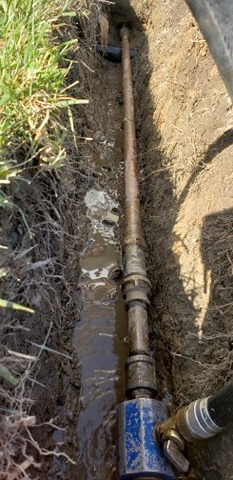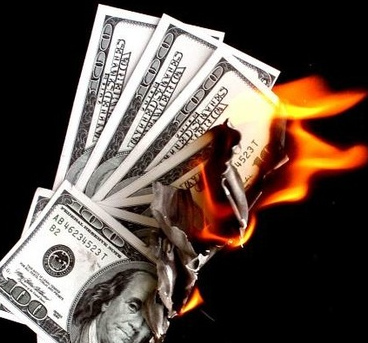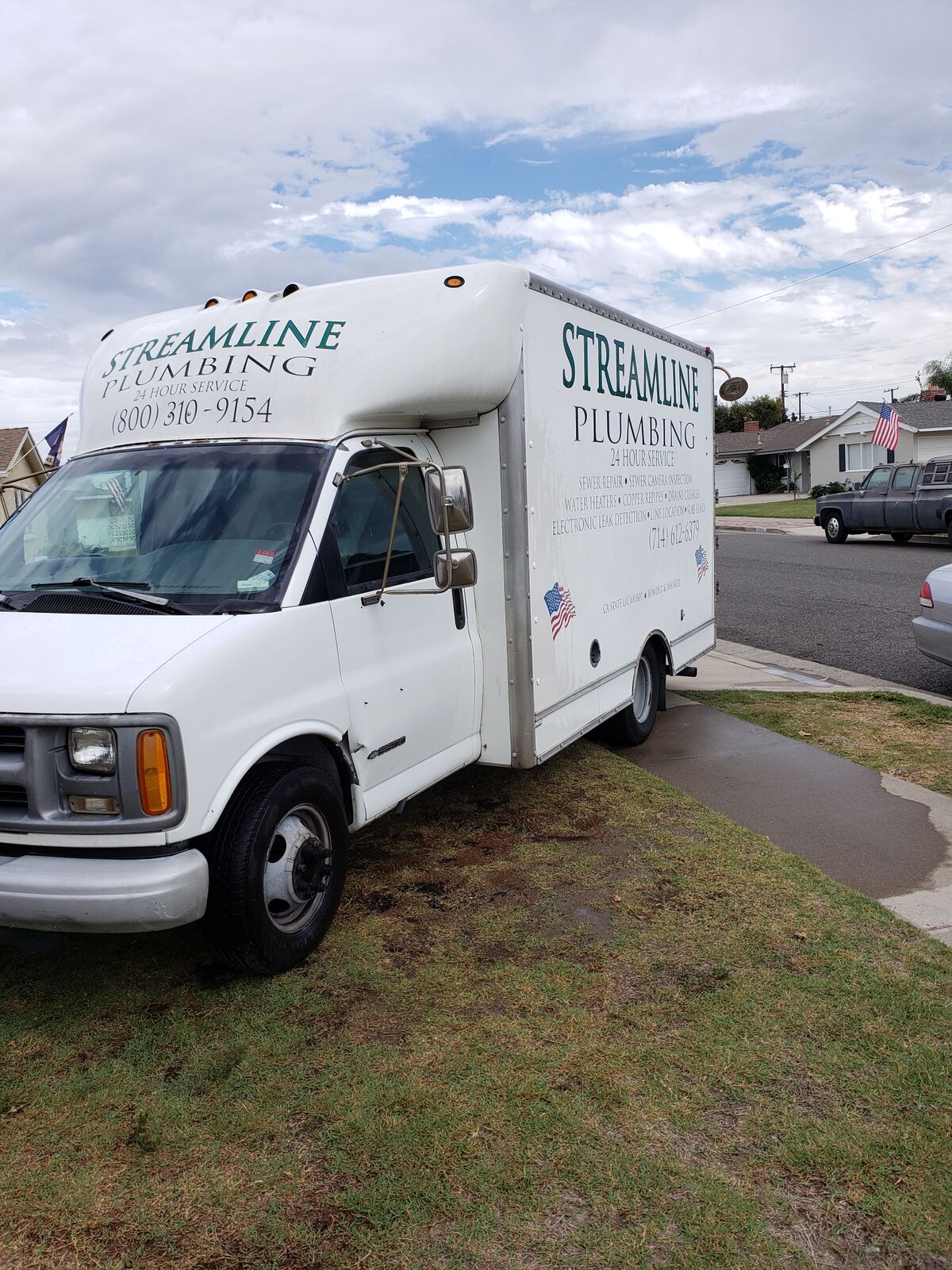Plumbing Considerations After a Fire in California: Inspections, Replacement Needs, and How Streamline Plumbing Can Help
After a fire in your California home or business, your plumbing system may have suffered hidden damage from heat, water, and debris.
Inspecting and repairing your plumbing quickly after a fire is critical to protect your water quality, prevent leaks, and ensure the overall safety of your property.
Pipes, fixtures, and water heaters may be compromised by extreme temperatures, water pressure spikes from firefighting efforts, and possible contamination.
You should schedule a comprehensive inspection with a licensed plumber to check for cracked or melted pipes, leaks, and broken fixtures.
They will also test your water supply for contamination and check drain lines and gas pipes for any issues.
In some cases, parts of your plumbing may need to be replaced, especially if critical components have been exposed to intense heat or physical damage.
Immediate Plumbing Actions After a Fire
Fast, appropriate steps are critical for limiting plumbing-related damage after a fire.
Focusing on safety, visible system checks, contamination risks, and further protection will reduce hazards and prevent setbacks as you recover.
Shutting Off Water Supply Safely
After the fire has been contained, you should shut off the main water supply to your property.
Heat and structural damage can leave pipes weakened or broken, risking flooding or additional water damage from burst plumbing.
Turn off the water at the main shutoff valve if it is safe to do so.
If you smell gas, see sparking, or observe structural instability, wait for clearance from fire or utility officials before approaching.
Always inform fire authorities or emergency professionals of your actions.
Never attempt to restore water flow until plumbing has been professionally inspected.
Assessing Visible Plumbing Damage
Once authorities have cleared the property for safe entry, carefully look for any obvious signs of plumbing damage.
Common warning signs include scorched pipes, melted fittings, water leaks, cracked fixtures, or warped water lines.
If you see sections of exposed pipework, check for discoloration or charring.
Document all noticeable damage with photos or a written list for insurance and restoration companies.
Don’t attempt DIY repairs or adjustments right away.
Professional plumbers should handle assessment and repairs to ensure no hidden issues are overlooked, such as unseen pipe fractures or insulation loss.
Preventing Water Contamination
A fire can introduce ash, debris, and chemicals into the water system, contaminating both supply and drains.
Use bottled or external water sources for drinking, cleaning, or cooking until all plumbing systems have been inspected.
Check pressure relief valves, water heater tanks, and backflow devices for signs of contamination.
Run taps briefly after fire damage only when safe, and check for unusual odor, color, or particles.
Professional testing of water quality is highly recommended.
It’s also important to disinfect or flush your plumbing if there’s any risk that firefighting chemicals or soot entered the pipes.
Protecting Plumbing from Further Harm
Secure damaged plumbing by barricading exposed pipework or damaged fixtures with temporary covers where possible to prevent debris or pests from entering.
If there is risk of freezing or further environmental exposure due to broken windows or walls, insulate any exposed pipes promptly.
Avoid using affected bathrooms, kitchens, or sprinkler systems until they have been cleared by a licensed plumber.
Delaying use protects the rest of your property from potential leaks or further water damage.
Notify your restoration team immediately about all plumbing concerns.
Keep a clear path to plumbing access points and shutoff valves for professionals who may need to conduct emergency repairs or extensive inspections.
Critical Plumbing Inspections Required Post-Fire
Damage to your plumbing system after a fire can be extensive but not always obvious at first glance.
Key inspections focus on assessing heat-related pipe damage, contamination from smoke and soot, and hidden water leaks or structural failures that may create costly long-term issues.
Inspection for Heat and Fire Damage
You should have a licensed plumber examine all visible and concealed pipes for signs of warping, melting, and blistering.
Common materials like PVC and PEX are particularly susceptible to high temperatures, while even copper or galvanized lines can develop weak spots or pinhole leaks after heat exposure.
Burnt insulation, scorched pipe fittings, and discolored pipes indicate stress from heat.
Heating and fire damage may not be confined to the areas of visible charring—adjacent spaces behind walls or under floors can also be affected.
Inspecting for heat damage typically involves thermal imaging, visual checks, and testing water flow to ensure there are no blocked or severely damaged lines that could compromise system function.
Smoke and Soot Residue Assessment
Fires often leave behind residual smoke, soot, and chemicals that can contaminate both the inside and outside of your plumbing system.
This residue can settle on exposed pipes or, in some cases, infiltrate water supply lines, especially if fire-damaged plumbing has small breaches or has lost pressure during firefighting efforts.
Smoke and soot can corrode metal pipes or cause foul odors and strange tastes in your water.
Testing water quality and visually inspecting the plumbing for blackened deposits or oily films is critical to make sure no contamination affects your household supply.
It is often necessary to flush the system and, in severe cases, replace sections of contaminated pipe or fixtures.
Checking for Hidden Leaks or Pipe Bursts
Extreme heat or physical stress from firefighting activities can cause hidden leaks or even burst pipes—sometimes in places not immediately visible.
You might notice unexplained drops in water pressure, water stains on walls or ceilings, or moist areas around foundations.
Professional plumbers typically use tools like pressure testing, moisture meters, and infrared cameras to detect these concealed problems.
Identifying hidden leaks early prevents mold growth, structural damage, and wasted water.
Continuous monitoring after repairs ensures that no slow leaks develop over time as a result of weakened pipe material.
Evaluating the Need for Plumbing Replacement
After a fire in California, your plumbing system may suffer from heat, smoke, and water damage.
Correctly identifying damage and knowing when replacement is necessary helps protect health, safety, and property value.
Determining Extent of Pipe Damage
Start with a visual inspection of all exposed plumbing.
Look for visible warping, melting, burn marks, or discoloration on pipes and fittings.
Metal pipes may lose their strength at high temperatures, and plastic pipes can melt or deform quickly in a fire.
Check both supply and drain lines.
Even if not directly exposed to flames, high ambient heat can compromise pipe integrity.
Hidden pipes—inside walls or under floors—should be checked with infrared cameras or small access holes, as smoke and heat can travel far from the main fire source.
It is important to have a licensed plumber perform a detailed inspection and pressure test all piping.
Small cracks or pinhole leaks may not be visible but can cause significant water damage or contamination over time.

Replacing Melted or Compromised Pipes
Any pipe that shows signs of melting, scorching, or deformation needs to be replaced.
This applies to both PVC and copper pipes, as both can become unsafe after exposure to fire.
Melted plastic pipes are especially at risk for leaks or collapse, and charred copper may have lost its structural integrity.
Prepare a list of compromised pipes and prioritize replacement in areas with direct fire exposure.
Major water supply lines and vent pipes are critical areas to check.
Replace all fittings and connectors that appear distorted or damaged, as hidden weaknesses may lead to future failures.
Before reopening water service, ensure all replacements conform to California plumbing codes and pass required inspections.
Streamline Plumbing can assist with safe removal and code-compliant installation of new piping.
Assessing Fixture and Appliance Integrity
Fixtures such as sinks, toilets, and faucets should be closely examined for heat damage.
Burned or melted components, cracked porcelain, and deformed seals can cause leaks and sanitation issues.
Assess appliances connected to plumbing lines—including water heaters, dishwashers, and washing machines.
Heat or smoke exposure can damage internal valves, wiring, or seals, making the devices unsafe to operate.
If evidence of external or internal damage is found, consider full replacement rather than repair.
To safeguard water quality, inspect all filtration systems and backflow preventers.
Replace filters and check valves that may be contaminated or damaged.
Professional plumbers can help determine which fixtures and appliances are safe to retain and which should be replaced to restore proper function.
Addressing Water Quality Concerns After a Fire
Fire can introduce chemical contaminants into your plumbing and impact the safety of your water.
Proper testing, cleaning, and flushing are essential to ensure your water is safe to use and drink after a fire incident.
Testing for Chemical Contaminants
Wildfires and structural fires can result in chemical residues, ash, and even melted plastics entering your plumbing system.
These contaminations may include volatile organic compounds (VOCs), benzene, and smoke particles, especially if your pipes are made from plastic.
Hiring a certified water quality professional is essential to accurately test for these substances.
They collect water samples from various faucets and fixtures for laboratory analysis.
Focus on tests for VOCs and other contaminants typical after fires.
It is important to avoid drinking, cooking, or bathing with tap water until the results confirm that no hazardous substances are present.
If issues are found, further remediation will be needed before normal use can resume.
Flushing and Sanitizing Plumbing Lines
Once water has tested safe from chemical contamination, a thorough flushing of your plumbing system is recommended.
Start by running cold water taps for several minutes, beginning with outdoor spigots and moving systematically through your home or business.
Steps to Flush Your Plumbing:
- Open cold-water taps one by one, starting with those closest to where water enters your building.
- Allow each tap to run for at least 10–20 minutes.
- Repeat the process for hot water lines after ensuring your water heater is safe.
Sanitizing the pipes may require using approved disinfectants or consulting professionals if contamination was severe.
Consistent flushing and cleaning help remove any residual ash, particulates, or chemical traces left behind after the fire.
How Streamline Plumbing Can Assist After a Fire
Streamline Plumbing offers specialized support when your plumbing system is damaged by fire.
Professional guidance and licensed repairs help restore both safety and function in homes and businesses across California.
Post-Fire Plumbing Inspection Services
Immediate inspection of your plumbing is essential after a fire due to the risk of pipe damage, leaks, and contaminated water lines.
Streamline Plumbing conducts thorough on-site examinations using specialized equipment to detect visible and hidden issues.
This includes checking for burst pipes, melted fittings, compromised joints, and heat-exposed plastic or copper lines.
Inspectors also look for signs of water pressure loss or cross-contamination from firefighting efforts.
Typical inspection points:
- Main water line integrity
- Supply and waste lines
- Water heater and fixture connections
- Presence of smoke or soot contamination
Comprehensive Damage Assessment
Streamline Plumbing provides a detailed assessment that covers the entire plumbing system—mapping the extent of both direct and secondary fire impacts.
This process documents which parts of your plumbing were exposed to excessive heat or suffered smoke damage.
Technicians prepare a written report outlining recommended actions: whether you need partial repair, full replacement of piping, or only minor fixes.
The report also helps determine compliance with California safety codes and restoration best practices.
Licensed Repairs and Pipe Replacement
If the inspection reveals significant damage, licensed plumbers from Streamline Plumbing manage all necessary repairs and replacements to meet California regulations.
Common repairs may include replacing melted PEX or PVC pipes, repairing copper lines, and restoring backflow prevention devices.
All work is done by fully licensed and insured technicians who follow updated building codes.
Beyond pipes, repairs may also cover fixtures, shut-off valves, and appliances connected to your plumbing.
You receive a clear roadmap of the work needed, estimated timelines, and itemized costs in advance.
Replacement materials are chosen based on durability and compliance with current California code requirements.
Support with Insurance Claims
Dealing with insurance claims after a fire can be complicated, especially regarding plumbing damage.
Streamline Plumbing assists by providing all necessary documentation, including inspection findings, photos, and formal estimates for repair or replacement.
They can work directly with your adjuster to clarify the extent of the damage and justify necessary repairs or upgrades.
This support speeds up claim approval and ensures you receive fair compensation for plumbing losses.
Preventive Measures for Future Plumbing Protection
Addressing fire risks in your plumbing system can prevent property damage and costly repairs.
Choosing the right materials and keeping up with essential upkeep reduces the chance of plumbing failures during or after a fire.
Installing Fire-Resistant Plumbing Materials
Using fire-resistant pipes and fittings strengthens your system against heat damage.
Materials such as copper and certain types of CPVC (chlorinated polyvinyl chloride) pipe are less likely to melt, deform, or release hazardous fumes during a fire.
If your building code allows, replacing standard plastic piping with these options can make a difference.
Also consider wrapping vulnerable pipes with specialized fire-resistant insulation.
This not only helps delay heat transfer but may also limit the spread of fire.
Local codes in California sometimes require fire-rated assemblies for walls and floors, so ensure your plumbing updates comply with all legal requirements.
Work with qualified professionals to select and install the correct fire-rated products for your structure.



